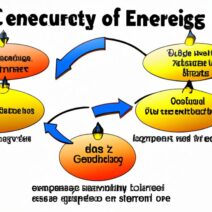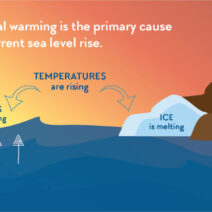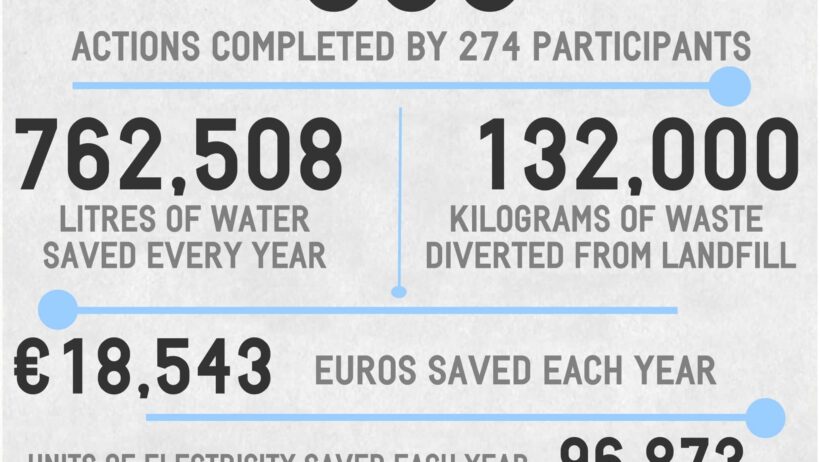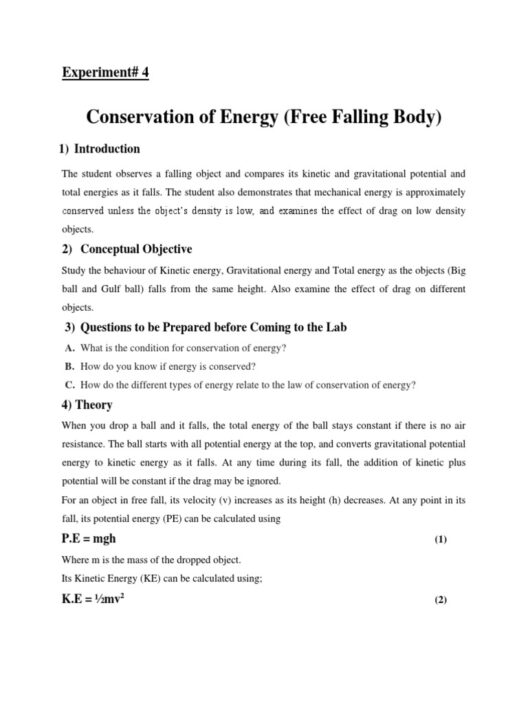In an era marked by climate change and environmental degradation, the pressing need to conserve energy is more relevant than ever. Individuals often underestimate the impact of small actions, yet collective changes can yield significant benefits. This discourse aims to elucidate a myriad of methods for energy conservation, advocating for a profound shift in perspective that recognizes the power of small actions contributing to a larger ecological tapestry.
First, let us delve into the fundamentals of energy consumption. Energy is consumed in innumerable ways across various facets of daily life—from powering our homes and vehicles to lighting our streets. Understanding this consumption is the first step towards mitigating it. Reviewing energy bills and gauging consumption patterns can illuminate areas of excessive use, prompting a quest for more conscientious behavior.
One staggering revelation is regarding household energy use. The average homeowner can significantly reduce energy consumption merely by adopting simple habits. Turning off lights when leaving a room, unplugging idle devices, or utilizing energy-efficient appliances represents a trifecta of easy yet impactful actions. Incandescent bulbs, for instance, can be replaced with LED alternatives which consume up to 80% less energy. This transition not only decreases energy consumption but also reduces carbon footprints and curtails energy costs, presenting a win-win scenario.
Moreover, the noble practice of harnessing natural light cannot be overstated. During daylight hours, allowing sunlight to illuminate our spaces—in lieu of flipping switches—can culminate in substantial energy savings. The genius of opening curtains or utilizing light-colored interiors to reflect sunlight is a strategy that transcends mere aesthetics; it is an eco-conscious lifestyle choice that champions energy conservation.
Let’s transition our focus to our electronic devices. In our digital world, the constant use of gadgets constitutes a significant energy drain. This brings forth a curious consideration: do we truly need to charge our devices every night? Maintaining a charged state even when not in use can contribute to “phantom loads” or “vampire power”—energy consumed by devices even when they are switched off. Thus, a conscious shift towards only charging when necessary can yield a measurable decrease in energy consumption.
Transportation is another realm of energy expenditure warranting diligent reflection. The emissions generated by vehicles profoundly affect air quality and climate change. Embracing public transport, walking, or cycling when possible serves dual purposes: it conserves energy and promotes personal health. Moreover, when car travel is inevitable, opting for fuel-efficient vehicles or carpooling can significantly lessen carbon footprints. The movement towards electric vehicles is another transformative shift on the horizon, presenting an opportunity to redefine personal transportation in a sustainable context.
Home insulation, often overlooked, plays a crucial role in energy conservation. Proper insulation retains warmth during winter and keeps spaces cool in summer, thus necessitating less energy for heating and cooling. This investment not only conserves energy but also curtails utility bills over time. Additionally, installing energy-efficient windows can minimize heat transfer, further enhancing energy conservation efforts.
Gardening presents a compelling avenue to promote energy conservation in a community context. Urban gardening can diminish reliance on store-bought produce, which often entails significant transportation-related energy expenditures. Growing food plants locally empowers individuals and communities while simultaneously reducing food miles—thereby mitigating greenhouse gas emissions. Engaging in community gardens can foster social connections while contributing to local ecosystem vitality.
Furthermore, the persuasive power of advocacy cannot be understated. Advocacy for policies that promote renewable energy sources plays a pivotal role in energy conservation initiatives. Embracing solar or wind energy at a community level can bring about a substantial transition from fossil fuels. Municipalities can implement incentives for utilizing renewable energies, igniting conversations that piquant curiosity and galvanize community involvement towards sustainable energy solutions.
Equally important is the role education plays in this conservation narrative. Schools and organizations can implement educational programs designed to instill eco-consciousness in younger generations. By fostering an understanding of energy conservation from an early age, we cultivate a society inherently predisposed to sustainable practices. Workshops on energy-saving techniques, sustainable lifestyle choices, and ecological literacy are invaluable pathways to championing energy conservation.
Technology solutions for energy conservation continue to proliferate, making sustainability more accessible than ever. Smart home gadgets, such as programmable thermostats, allow for finer control over energy consumption. In an era dominated by data, harnessing technology to track energy use through apps is a fascinating method—one that encourages awareness and promotes energy-efficient practices.
In conclusion, the narrative of energy conservation is one punctuated by myriad opportunities for both individual and collective action. As we dissect the myriad small actions that can lead to considerable impact, it becomes evident that engaging in energy-saving behaviors is not merely an act of personal responsibility; it is a commitment to the collective welfare of our planet. By igniting curiosity and cultivating a culture of sustainability, we illuminate a path toward a resilient future. It is a subtle yet revolutionary reminder: each small effort adds up to monumental change—a synergy that we must embrace to safeguard our environment for generations to come.








